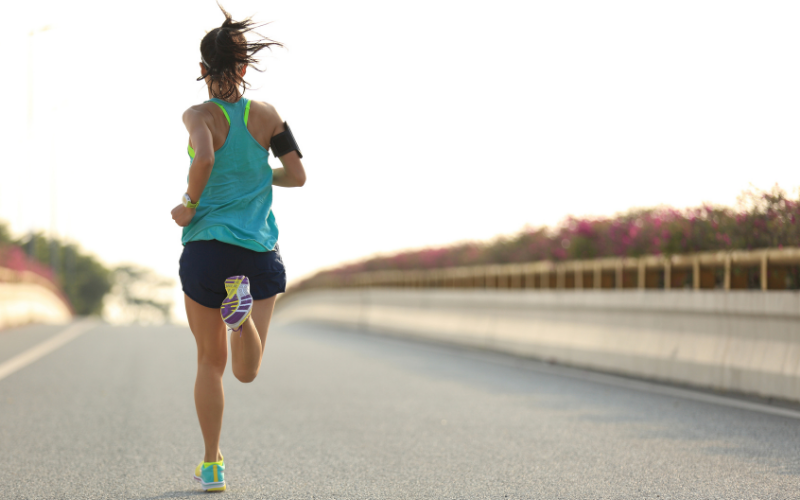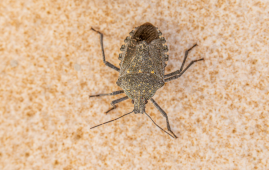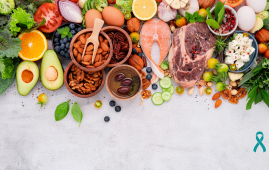

Almost half of all recreational runners incur injuries, mostly relating to knees, calves or Achilles tendons, and the level of risk is equally high whatever your age, gender or running experience. These are the findings of a thesis within sport science.
Doctoral student Jonatan Jungmalm recruited a little over 200 recreational runners from the list of entrants for the Göteborgsvarvet Half Marathon and monitored them over a period of one year. To take part in the study, they had to have been running for at least a year, have run an average of at least 15 km per week over the past year and have been injury free for at least six months. The participants were men and women in the age range 18-55.
Over the year of the study, the recreational runners filled in a training diary, entering information about how far they ran each day and whether they felt any pain. Those who suffered sudden injury or felt pain for a prolonged period were examined by a sports doctor.
“A third of the participants were injured over the course of the study. But if you also take account of the participants who dropped out of the study, it is reasonable to assume that almost half of all recreational runners injure themselves in a year,” states Jonatan Jungmalm.
Jonatan used a particular statistical method to calculate the proportion of injured runners, taking into account the rate of dropout that is common in studies based on voluntary participation.
Of those hit by injury, half had problems with their knees, calves or Achilles tendons.
“Few of the injuries were long-lasting. But all the injuries prevented the runners from exercising as usual,” says Jonatan.
No difference was found in terms of gender, age, running experience or weight between those who injured themselves and those who did not.
“However, those who had previously been injured were more likely to be affected again.”
All the participants were put through a series of physical tests before the study, ranging from strength tests and mobility tests to tests of running style.
“Those who had relatively weak outer thighs faced a higher risk of injury. Those with late pronation in their running gait were also at higher risk. However, having a weak torso or limited muscle flexibility was of no great significance.”
more recommended stories
 Rising Chagas Parasite Detected in Borderland Kissing Bugs
Rising Chagas Parasite Detected in Borderland Kissing BugsKey Takeaways (At a Glance) Infection.
 Can Ketogenic Diets Help PCOS? Meta-Analysis Insights
Can Ketogenic Diets Help PCOS? Meta-Analysis InsightsKey Takeaways (Quick Summary) A Clinical.
 Ancient HHV-6 Genomes Confirm Iron Age Viral Integration
Ancient HHV-6 Genomes Confirm Iron Age Viral IntegrationKey Takeaways for HCPs Scientists reconstructed.
 Fat-Regulating Enzyme Offers New Target for Obesity
Fat-Regulating Enzyme Offers New Target for ObesityKey Highlights (Quick Summary) Researchers identified.
 Gestational Diabetes Risk Identified by Blood Metabolites
Gestational Diabetes Risk Identified by Blood MetabolitesKey Takeaways (Quick Summary for Clinicians).
 Pelvic Floor Disorders: Treatable Yet Often Ignored
Pelvic Floor Disorders: Treatable Yet Often IgnoredKey Takeaways (Quick Summary) Pelvic floor.
 Circadian Control of Neutrophils in Myocardial Infarction
Circadian Control of Neutrophils in Myocardial InfarctionKey Takeaways for HCPs Neutrophil activity.
 E-Cigarette Use and Heart Attack Risk in Former Smokers
E-Cigarette Use and Heart Attack Risk in Former SmokersKey Takeaways for Clinicians and Nurses.
 Ultramarathon Physiology: What HCPs Should Know?
Ultramarathon Physiology: What HCPs Should Know?Ultramarathon Metabolism: What Happens to the.
 High-Intensity Training and Oxidative Stress Insights
High-Intensity Training and Oxidative Stress InsightsNew Evidence Linking High-Intensity Training and.

Leave a Comment